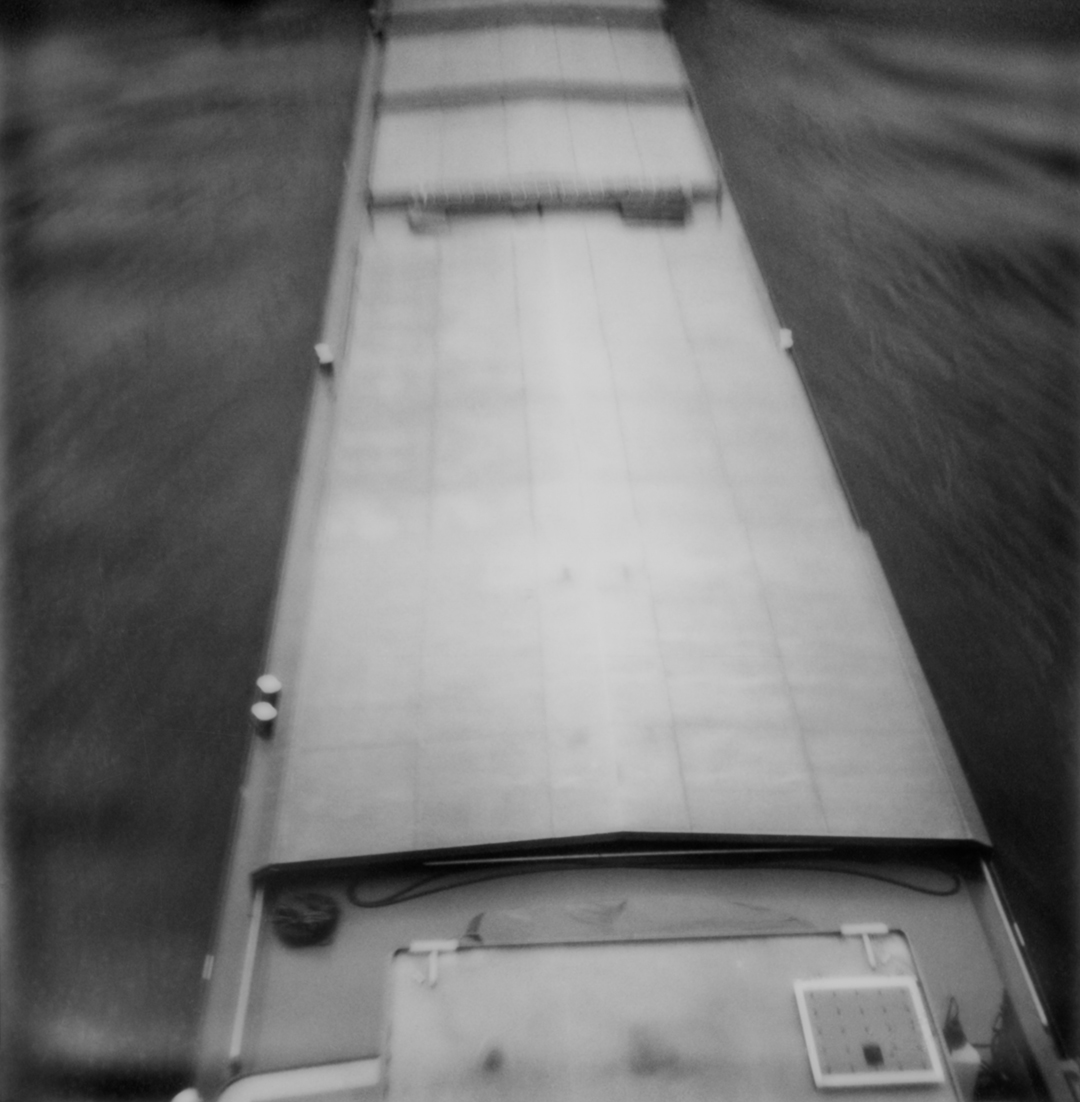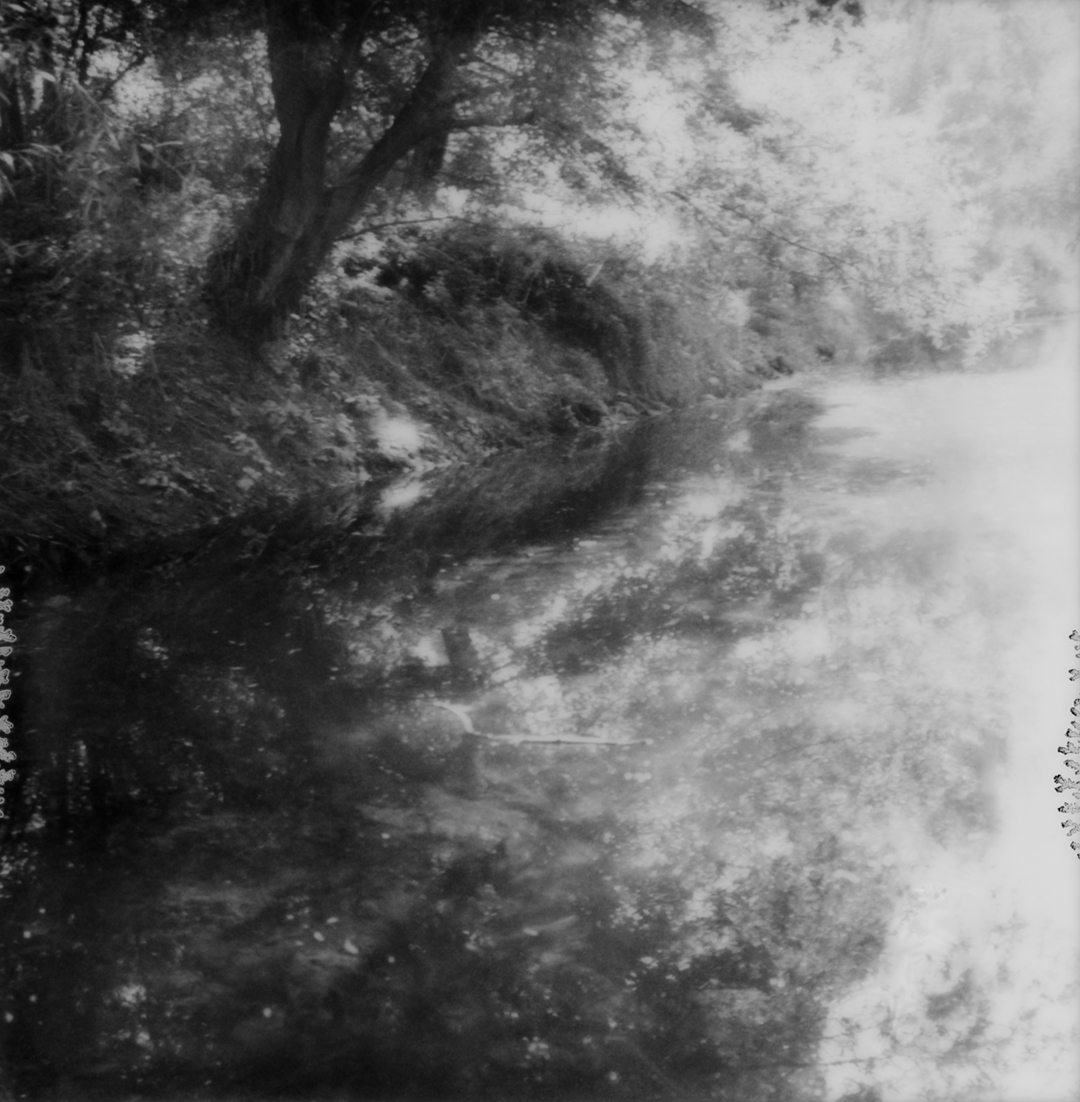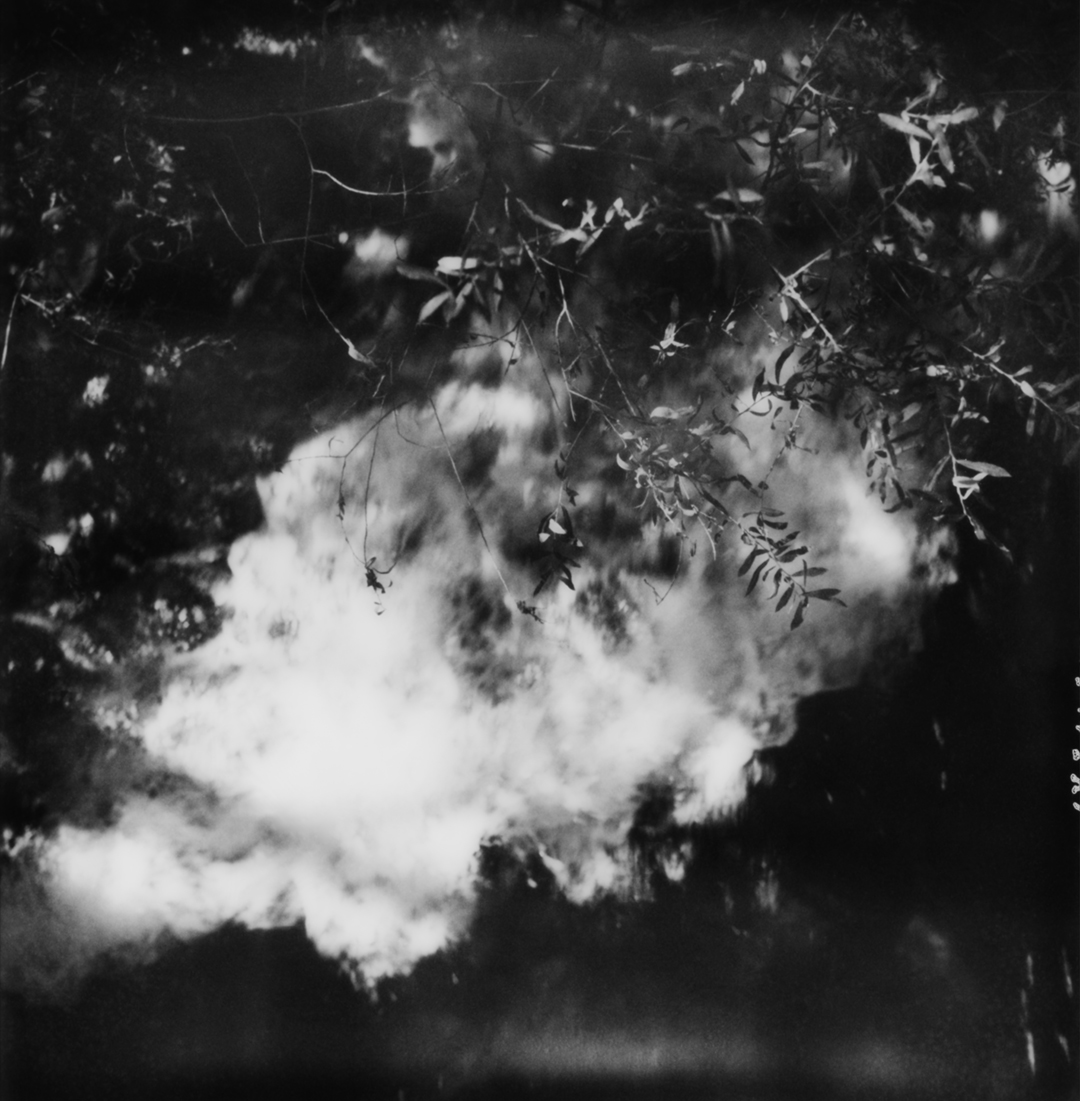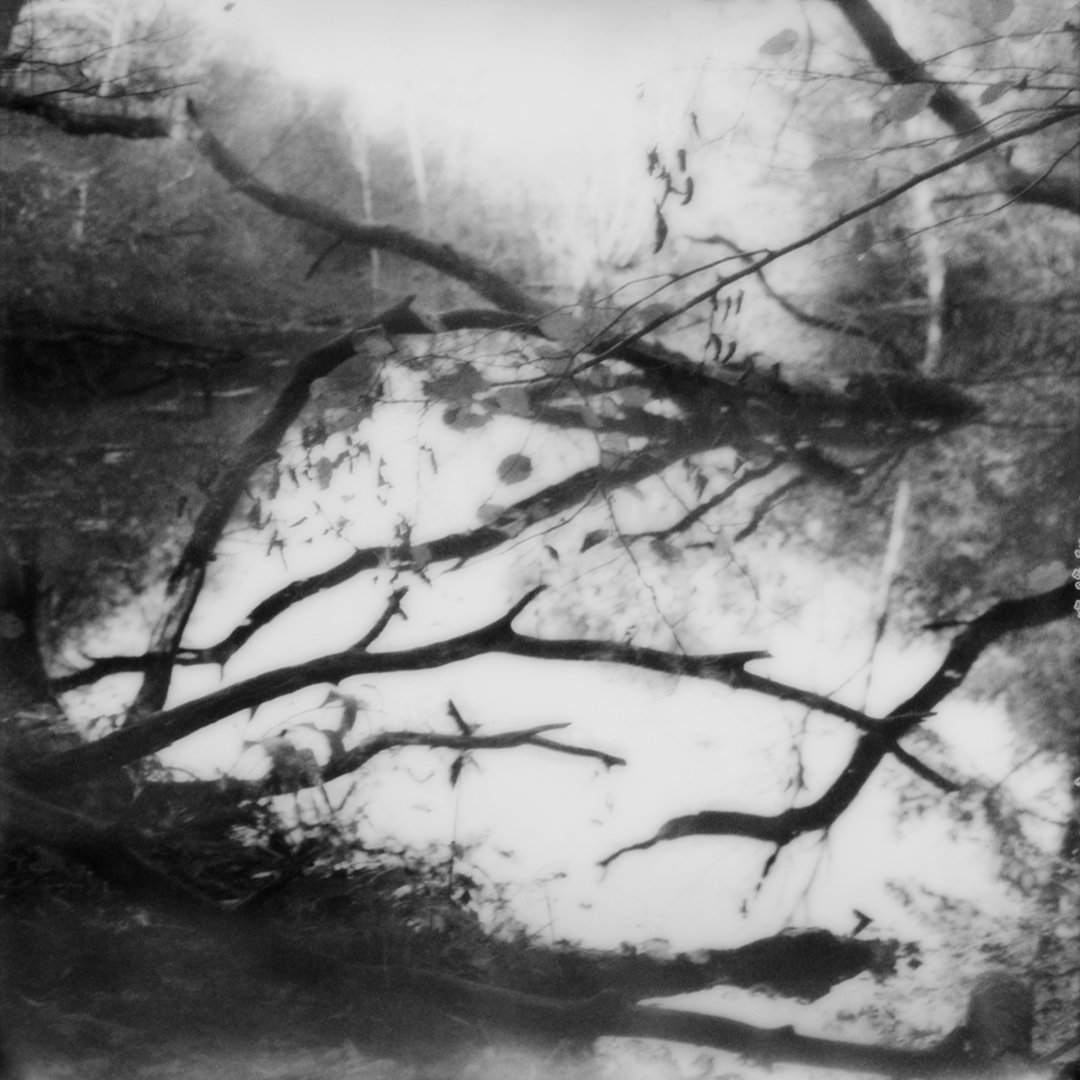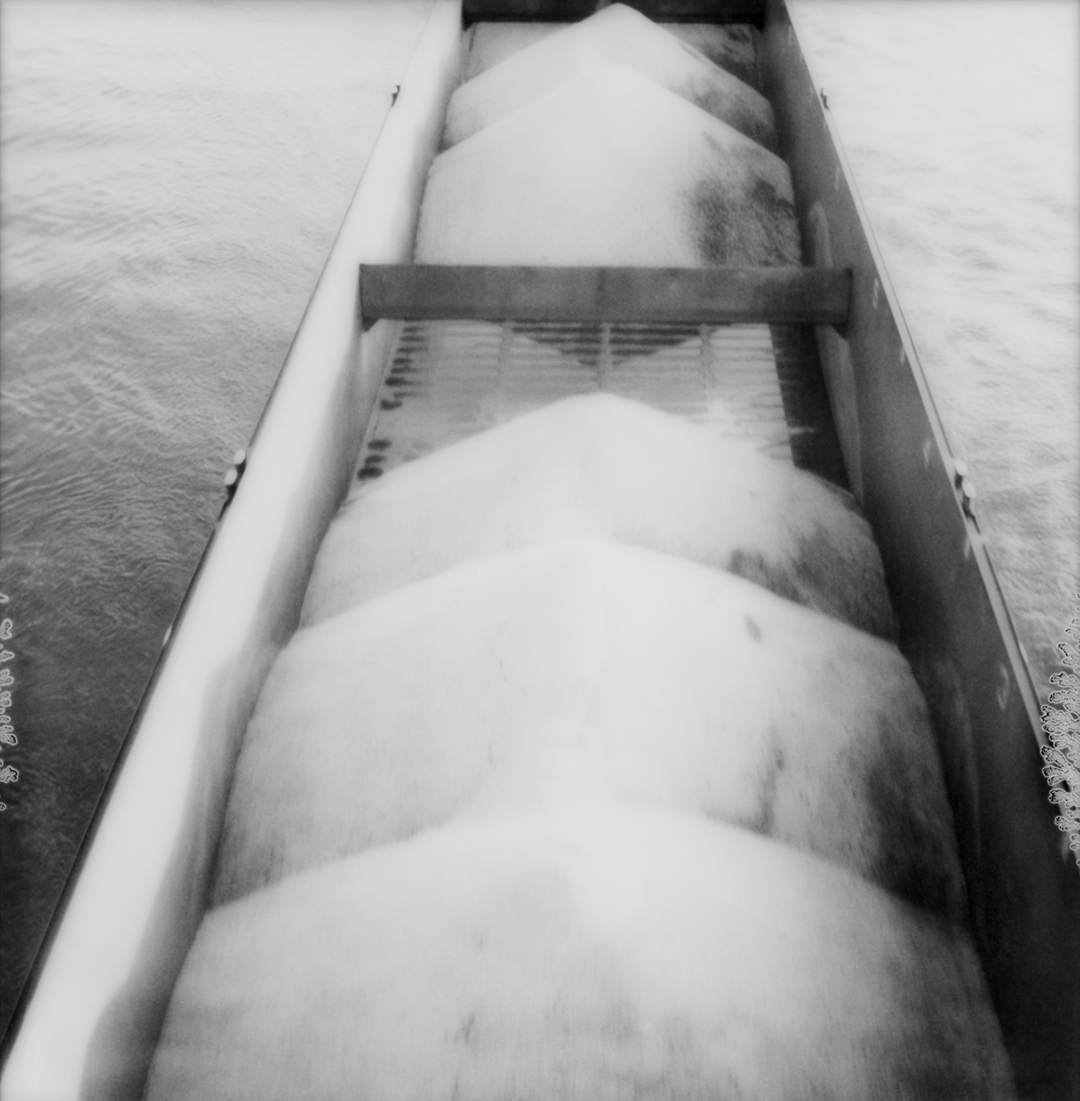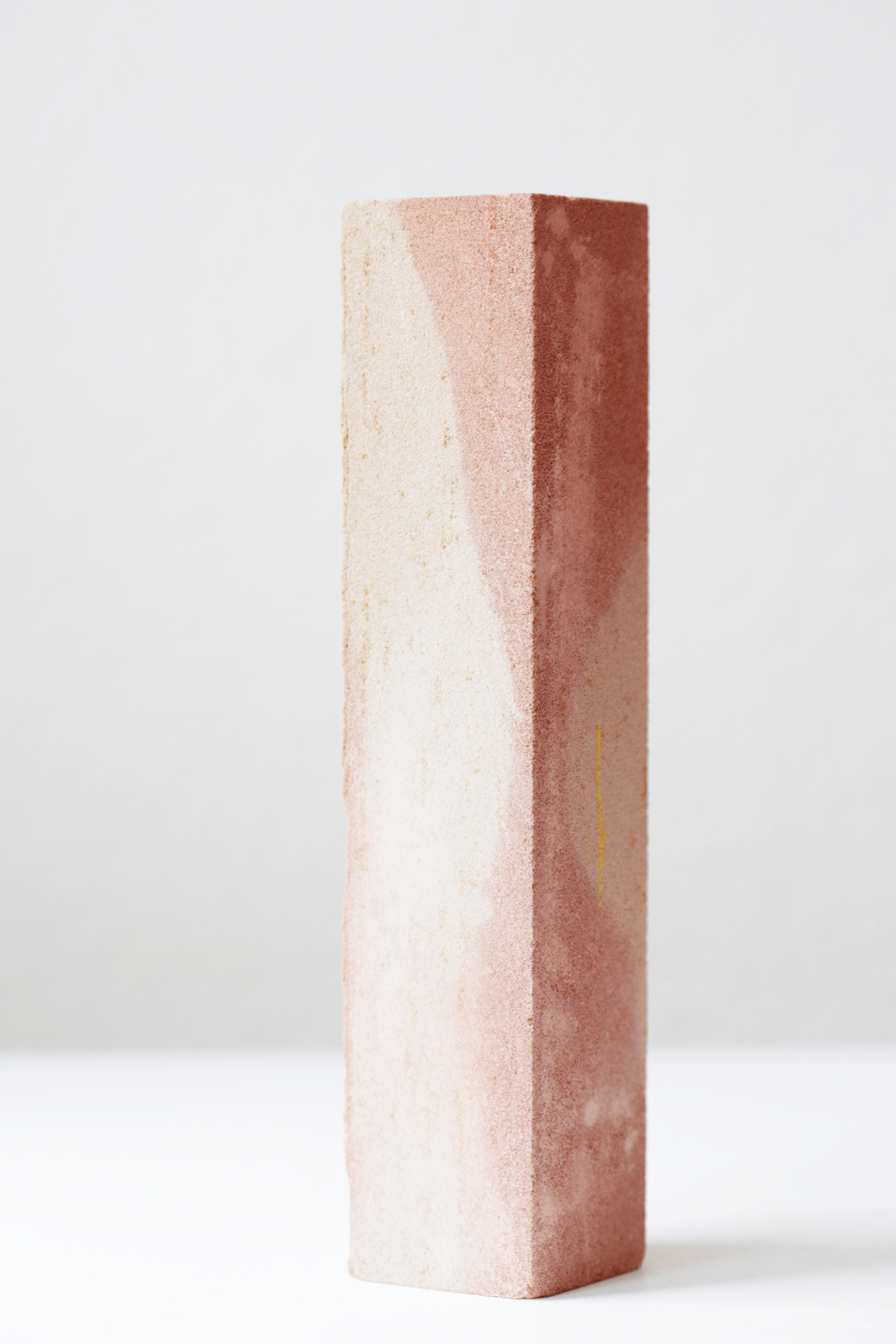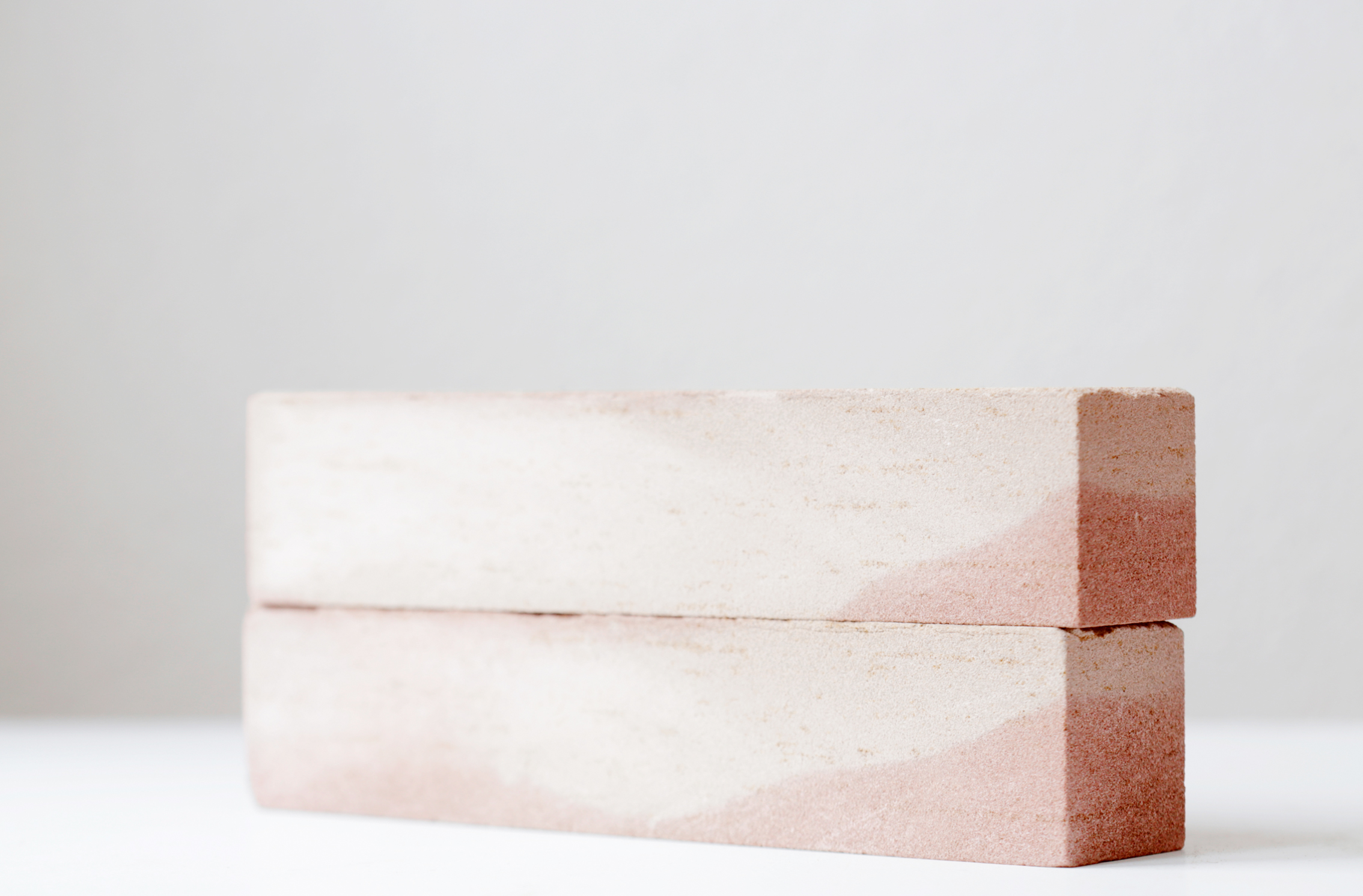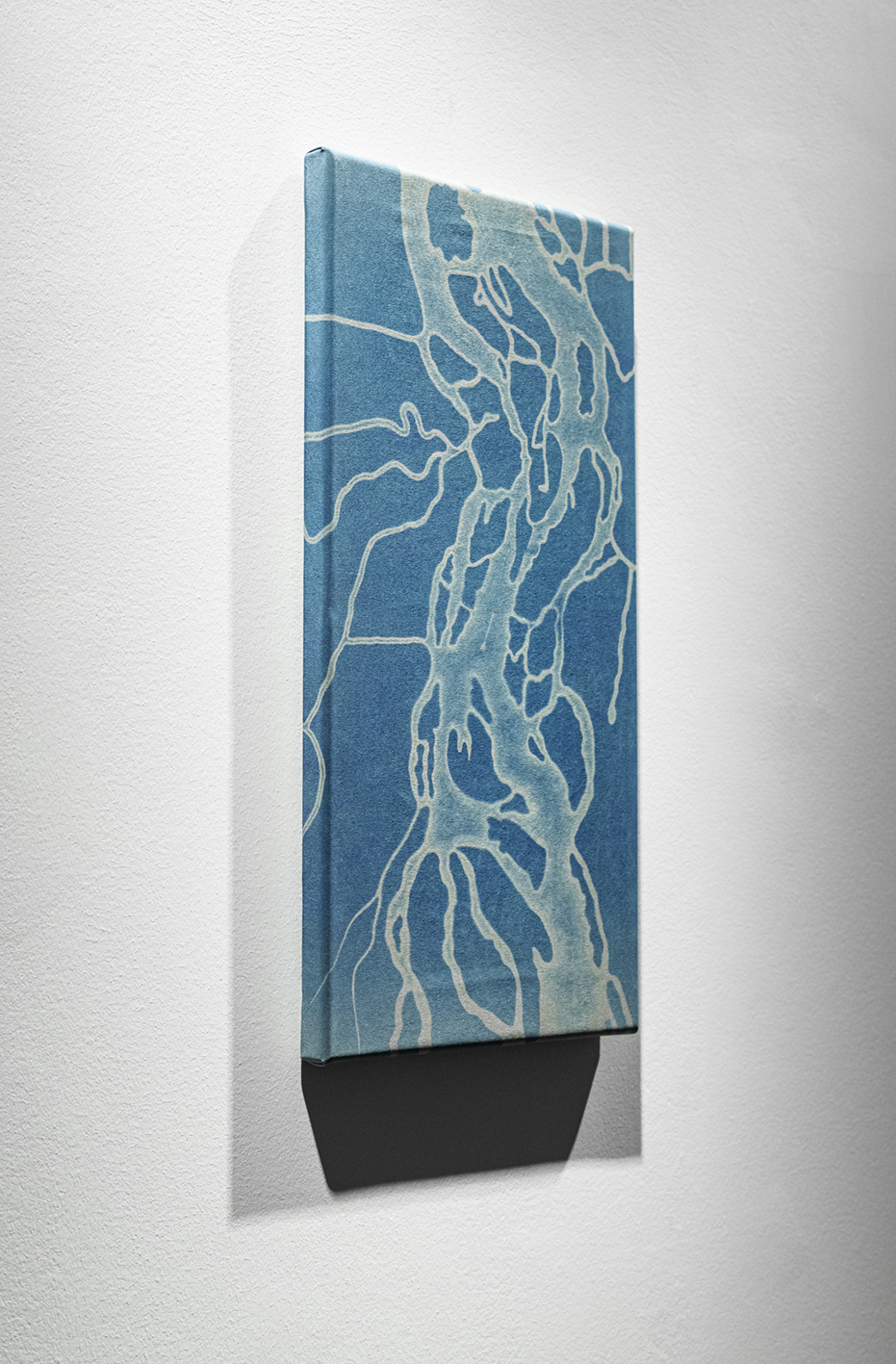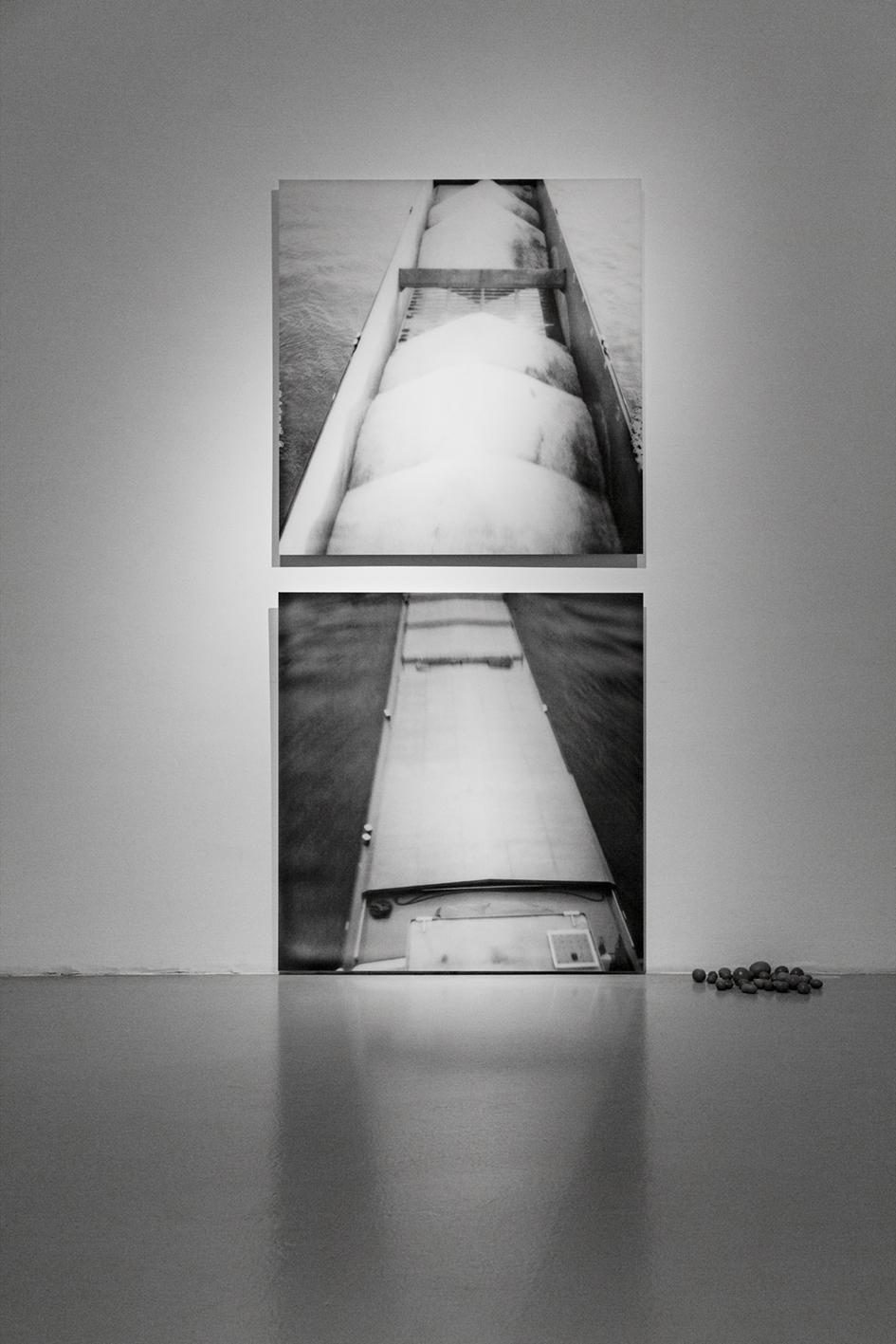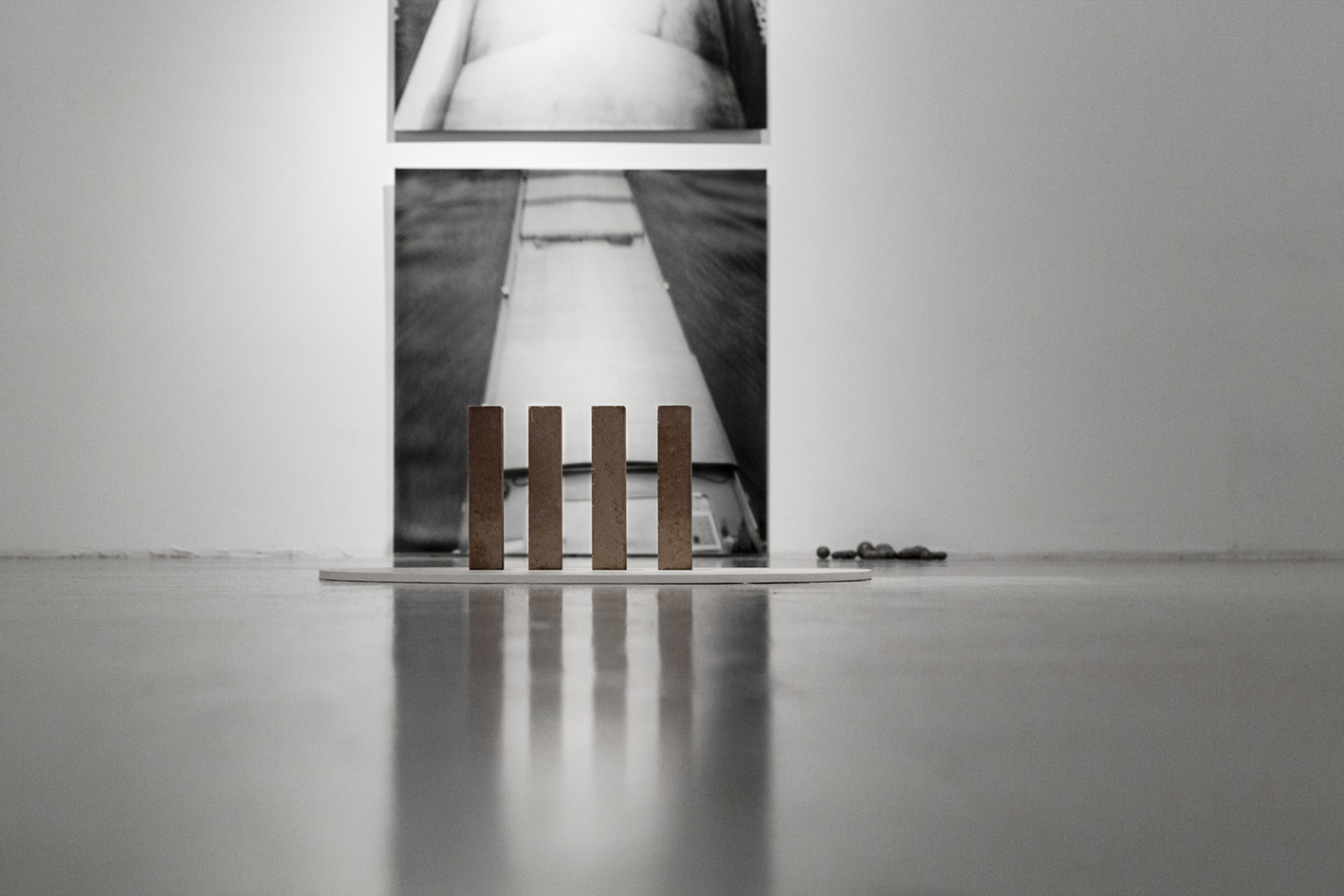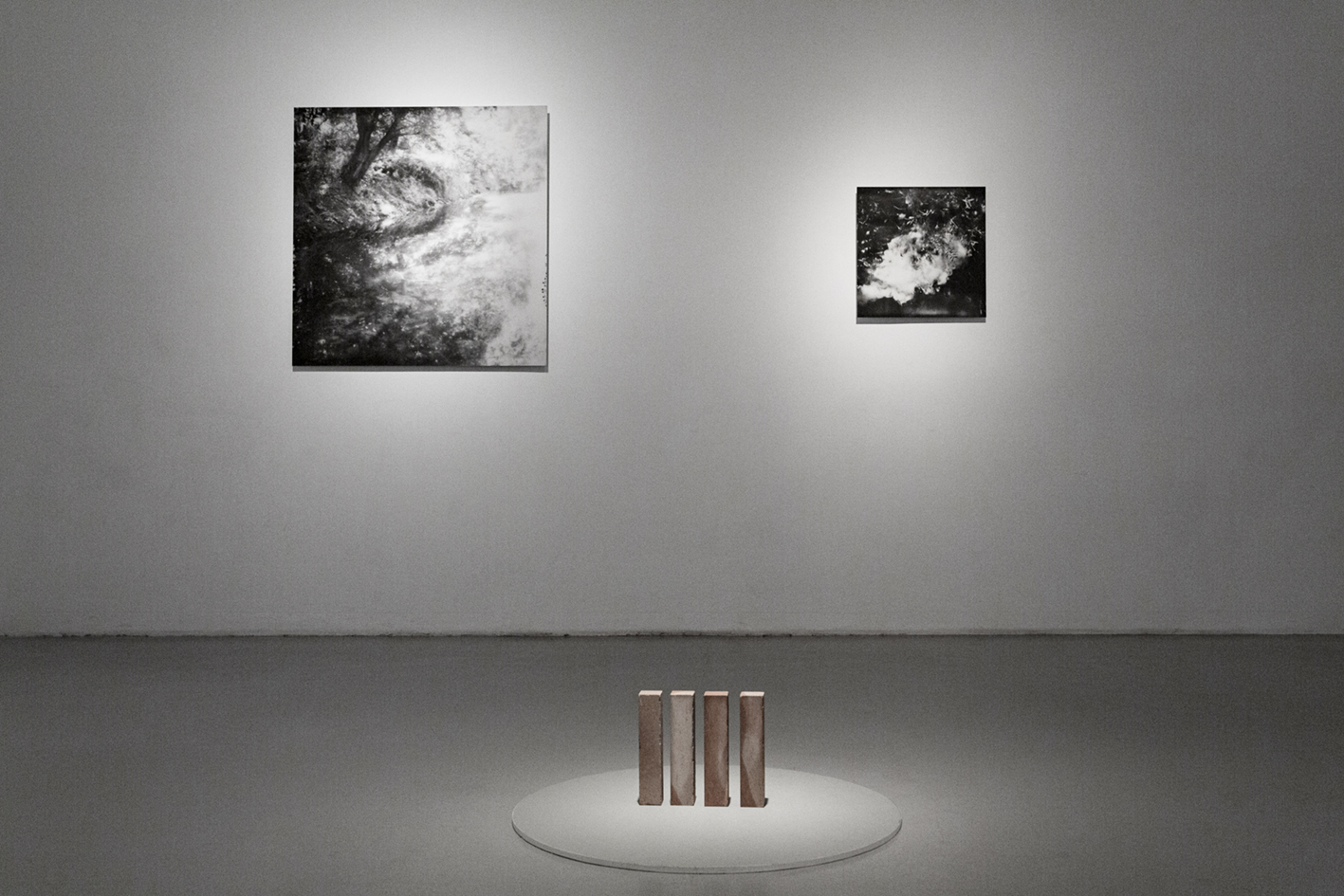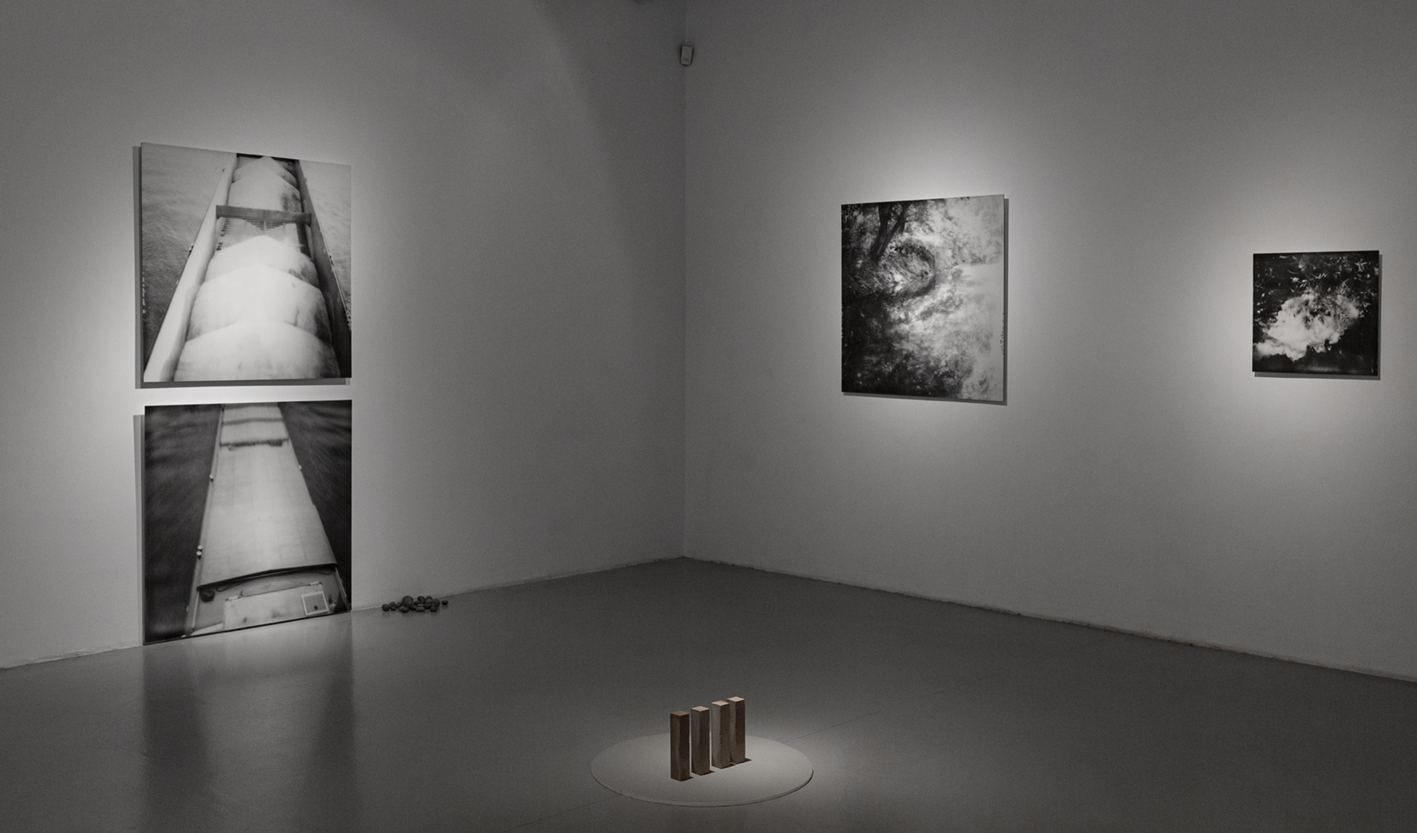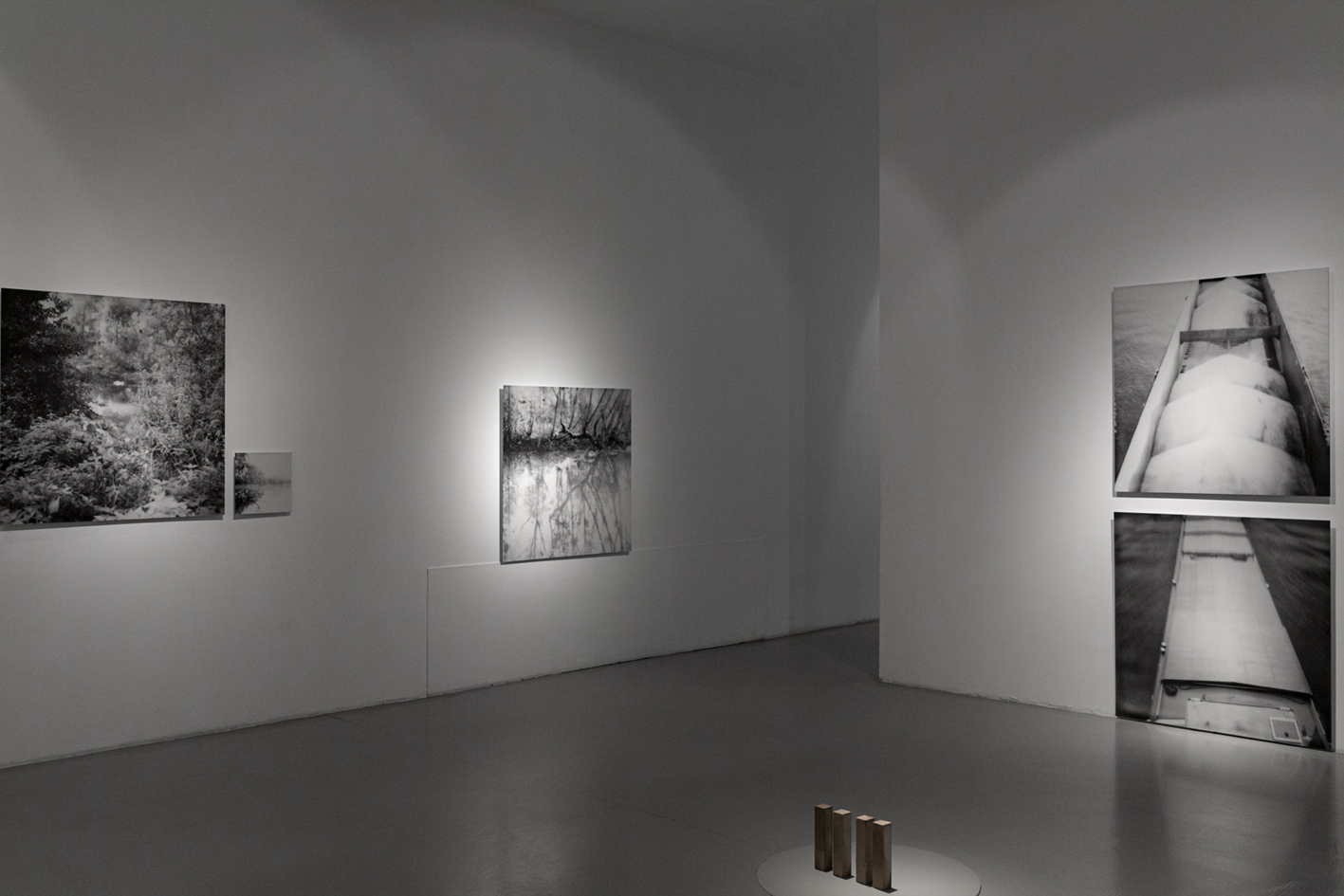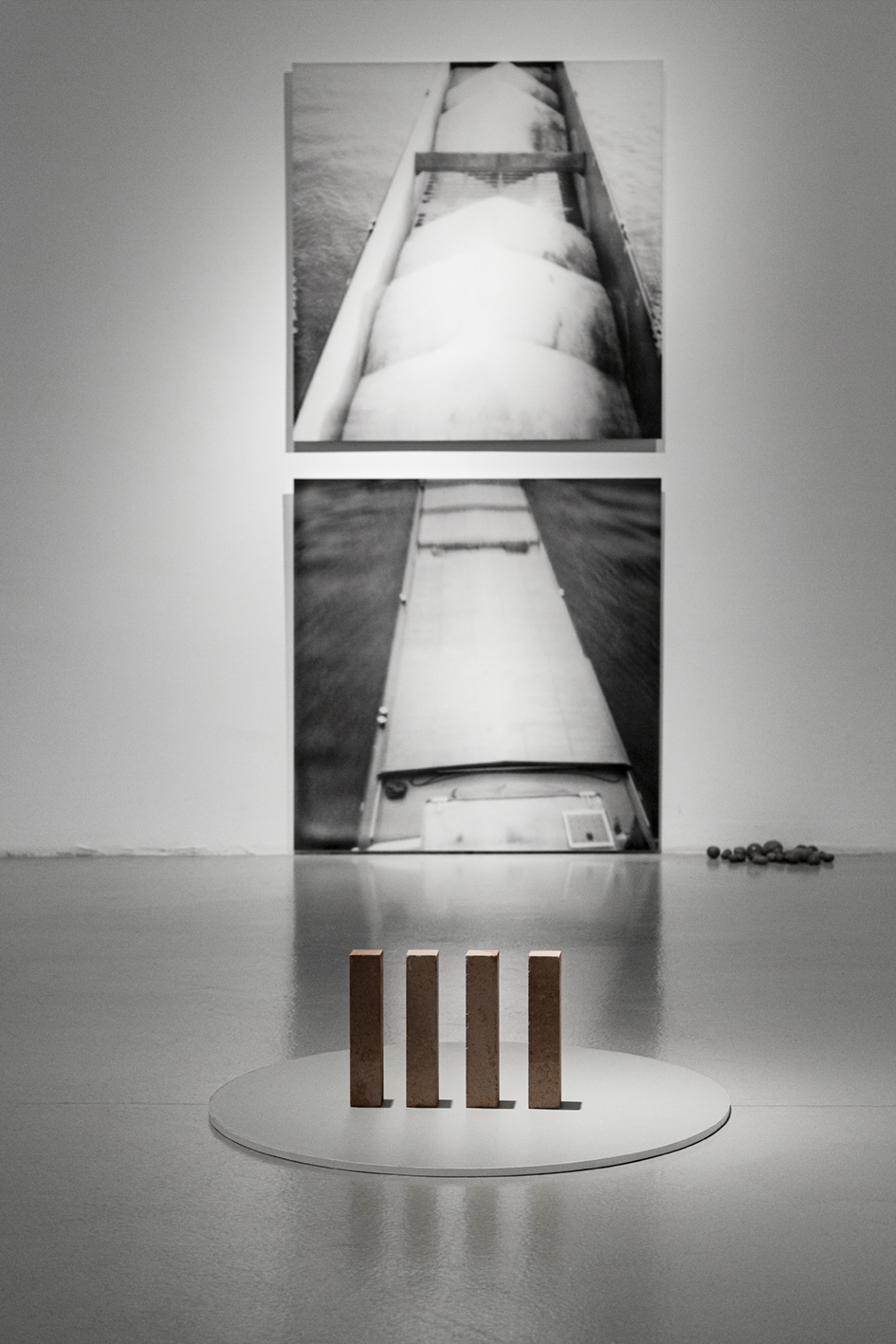In the „working River” I look into the past, present and future of the Rhine. Probably not the most majestic but one of the most hard working rivers in Europe. A busy waterway. Precisely regulated, strictly controlled, highly sensitive to climate change consequences. So important economically that there is no room for weakness. The river is supposed to perform what has been planned for it. Like in a yearly business plan.
But what if the Rhine is at some point unable to cope?
Using a Polaroid camera and embracing all its flaws and imperfections I was observing the everyday workload on the Rhine near Strasbourg as well as the natural areas on the river where the river was left more or less alone and lazy. Impressive bodies of ships transporting all sorts fo goods (mainly fuel in different forms, sometimes containers) moved surprisingly fast, disturbing the waters with big waves and low tones of the engine murmur.
Since „In the future, Rhine should also cope transport and logistics tasks”, despite more awareness of the ecological consequences and the possible inadequacy of the means to solve the problem in the rapidly changing future, there are serious plans to resort to digging once again as a water lever crisis solution – straight into the riverbed, 20 cm deep. The planned installation will consist of 200 pieces of these sandstone blocks to refer to 200 tones additional load each ship will be able to allegedly take after the river optimization in Germany; they have the proportions of sea containers to refer to the global goods mobility consuming lots of resources and destroying the environment.
Silk was sometimes used to make so called rescue maps in the army. Light, foldable, strong, resilient to water it would be a perfect choice. The shape of Rhine from before the regulation era was extracted from a map dating back to 1703 and a cyanotype print was made on silk. This beautiful and resistant material was chosen to keep the memory of Rhine, wild and sublime, with numerous riverbeds spanning to several kilometers, and over 20km when it flooded, vivid and contrasted with its regulated banks, canals, and a corrected single riverbed after 200 years of strict control.
The project was supported by the city of Gdańsk, CSW Łaźnia, the city of Strasbourg, Apollonia European Art Exchanges during an artist residency in Strasbourg (Sept-Dec 2022).
Język polski zubaża wizualne skojarzenia w sferze wody – o morzach, jeziorach, rzekach mówi się zwykle „akwen” – określony obszar wodny – bardziej nakreślając koncept przestrzeni niż życia, procesu, zmienności, pulsowania.
W języku angielskim to „bodies of water” lub „water bodies”. Rzeka to już nie fragment przestrzeni, to ciało.
Ciało, organizm, życie, ale też choroba i śmierć. Akwen wodny nie może umrzeć. Rzeka – ciało już tak.
Dodatkowo pojawia się wiele mówiące określenie „riverbed” – koryto rzeki. W języku polskim znów bardziej nakierowujące skojarzenia na miejsce występowania rzeki, jej obszar, granice. Anglojęzyczne „riverbed” czy niemieckie „Flussbett” rozszyfrowane przez nienatywnego użytkownika języka odsłania „łóżko”, w którym naturalnie może się złożyć „water body” – ciało, którym jest rzeka. „Riverbed” to jednocześnie wyraźna obecność, bliskość, dopasowanie, relacja, naturalne środowisko, spokój. „Koryto” niesie wydźwięk raczej zidentyfikowania granic rzeki, które potem można zakwestionować – koryta rzek są korygowane, pogłębiane, prostowane, betonowane. Naruszenie „łoża”, w którym spoczywa „ciało” jest już zupełnie inną kategorią przekraczania granic.
W projekcie „working River/Rzeka pracująca”, z serii „The Riverbeds”, przyglądam się Renowi, jednej z najciężej pracujących rzek Europy. Ta ruchliwa wodna autostrada, mocno uregulowana, precyzyjnie kontrolowana, jest wysoce wrażliwa na konsekwencje zmian klimatycznych. Jej znaczenie ekonomiczne jest tak wielkie, że w planowaniu jej przyszłości nie ma miejsca na słabość. Oczekuje się, że będzie wyrabiać przewidziane dla niej normy. Jak w corocznym biznesplanie.
W komunikatach hydrologicznych, stanem alarmowym na rzece zwykło się określać stan wód wysoki na tyle, że zaczyna stanowić zagrożenie dla człowieka. Ostatnie lata przyniosły nowe stany alarmowe. W roku 2018 nawigacja na Renie stanęła po raz pierwszy.Konsekwencje ekonomiczne były tak znaczące, że opracowano pakiet środków zaradczych.
Zamiast weryfikacji dalekosiężnych założeń i dostosowania stawianych wobec rzeki oczekiwań do jej możliwości, antropopresja staje się jeszcze silniejsza. Zaplanowane normy muszą zostać zrealizowane. Chore ciało rzeki zostanie zmobilizowane.
Przywołany w projekcie Ren to tylko jedna z dziesiątek Rzek pracujących na świecie. Rzek, które mogą w jakimś momencie nie mieć sił wyrabiać rocznych norm, a dla których również przygotowane zostaną plany optymalizacyjne. Plany, które mogą rzekę wiele kosztować, a wcale nie muszą sprawdzić się w najbliższej przyszłości, tak niepewnej właśnie ze względu konsekwencje działania rozpędzonej globalnie machiny konsumpcji i obrotu wszelkimi dobrami.
Projekt powstał dzięki wsparciu miasta Gdańsk, CSW Łaźnia, miasta Strasburg & Apollonia European Art Exchanges podczas rezydencji artystycznej w Strasburgu (wrzesień – grudzień 2022).
